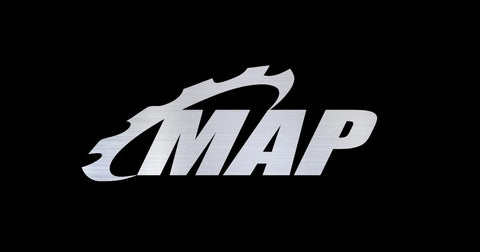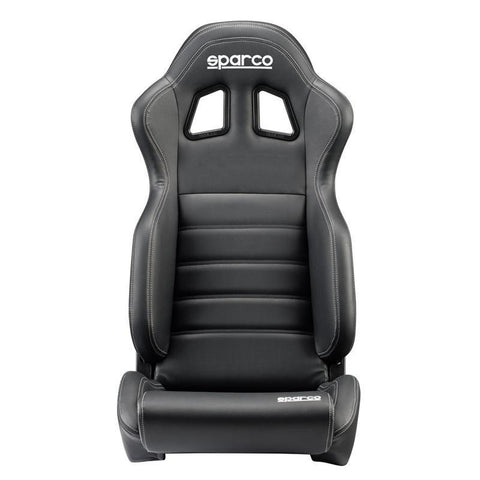
What does a wastegate do?
Internal & external wastegates are some of the most commonly misunderstood pieces of the turbocharging puzzle. Wastegates are responsible for regulating boost pressure & managing exhaust flow, by allowing exhaust gases to bypass the turbine wheel of the turbocharger inside the turbine housing, making sure the compressor does not spin too quickly and produce too much boost.
The Top 5 incorrect statements we often hear about wastegates
There are a lot of myths and misconceptions floating around, so our friends over at Turbosmart USA picked five of their favorites and let their engineers bust the myths. Be sure to check out our huge inventory or Turbosmart wastegates and turbocharger accessories.
#1 "I'm not making much power, I don’t need a wastegate."
Well, if your aim is to destroy your turbo and/or blow up your engine, then yes, you don’t need a wastegate! While in theory you could run a turbo system without a wastegate by carefully choosing a turbo that will only reach its maximum turbine speed and desired boost pressure at the engine’s max RPM, it’s really not practical in the real world.
#2 "I'm building a high power engine, I need a bigger wastegate."
False. A wastegate is possibly the only component in your whole engine package that can actually be made smaller as you increase your boost/horsepower output – in certain circumstances. A wastegate is used to drive exhaust gasses away from the turbocharger to regulate turbine speeds and therefore boost pressure. Selecting the correct wastegate size depends on the amount of exhaust to be bypassed, the desired boost pressure, and the amount of exhaust gas the turbo requires to reach that boost pressure. An engine that produces a lot of exhaust gas but running low levels of boost will require lots of exhaust to be diverted away from it by the wastegate, requiring a bigger wastegate. Higher boost levels will require less exhaust to be diverted away from the turbine, so the wastegate can be smaller.

#3 Wastegates won’t operate in high temperatures engine bays.
External wastegates are usually mounted at the hottest part of the exhaust. It’s the place where all the exhaust gases meet, creating extra heat.
A wastegate should always be mounted somewhere it can cool off, rather than being choked with hot air, surrounded by hot exhaust and engine with no airflow. Access to fresh air helps keep the wastegate at a safe operating temperature, extending its life and reducing the risk of failure.
Even so, Turbosmart’s wastegates are designed and tested to cope with extreme heat/ Their Carefully selected elastomer, materials and tolerances ensure that they are up to the job.
#4 "I'm getting turbo flutter, I need a new wastegate."
The sound of turbo flutter, or compressor surge, is sometimes referred to as ‘wastegate chatter’ – but this noise has nothing to do with the wastegate. Turbo flutter occurs on the compressor side of the turbocharger, where outside air is drawn in and compressed for the engine to consume. A wastegate is used on the turbine side, where exhaust gasses are used to spin the turbine wheel to operate the compressor. That fluttering sound, which typically occurs when the throttle is suddenly closed, is the sound of the turbo trying to push air into the engine but failing, so the compressor blades ‘chop’ through the air. You can read more about this phenomenon here.

#5 I cant turn up the boost anymore, I've maxed our my wastegate spring pressure."
False. Wastegate spring pressure is the lowest boost level you can reach. You can easily increase boost pressure over wastegate spring pressure by using a boost controller, but you can’t achieve a maximum boost level under the wastegate’s spring pressure.
If a wastegate is fitted with springs rated to 7PSI, it will open when it receives 7PSI of pressure to the actuator. Any pressure lower than that will not be able to overcome the spring force, and it will remain closed.
Internal wastegate vs external wastegate: which is better?
A question as old as time, and actually has a pretty simple answer. An internal wastegate resides directly inside the turbine housing. It's a built-in wastegate actuator. It's easier to manage, with less piping, meaning a more compact wastegate. Internal wastegates divert the exhaust flow back into the exhaust system. Internal wastegates are found on most stock vehicles.
An external wastegate sits outside of the turbine housing and is its own separate, self-contained system. External wastegates are usually considered better than internal wastegates. It requires a special turbine housing that allows a connection to the external wastegate. External wastegates are usually installed aftermarket, and are used for much more precise boost level control, and are usually found in high-power engines.




Comments (2)
True compressor surge only occurs at full boost under WOT. Everything else was good except to mention If you don’t have a big enough wastegate you can run into boost creep. people running dual wastegates for a twin scroll keep in mind it now doubles your exhaust exiting area. Single 44mm vs 2 44mm wich makes 88mm of area.
Hi I have a Caterpillar 3406e marine engine I have zero boost, but I cannot see a physical waste gate, how does it function.
Best regards
Eric